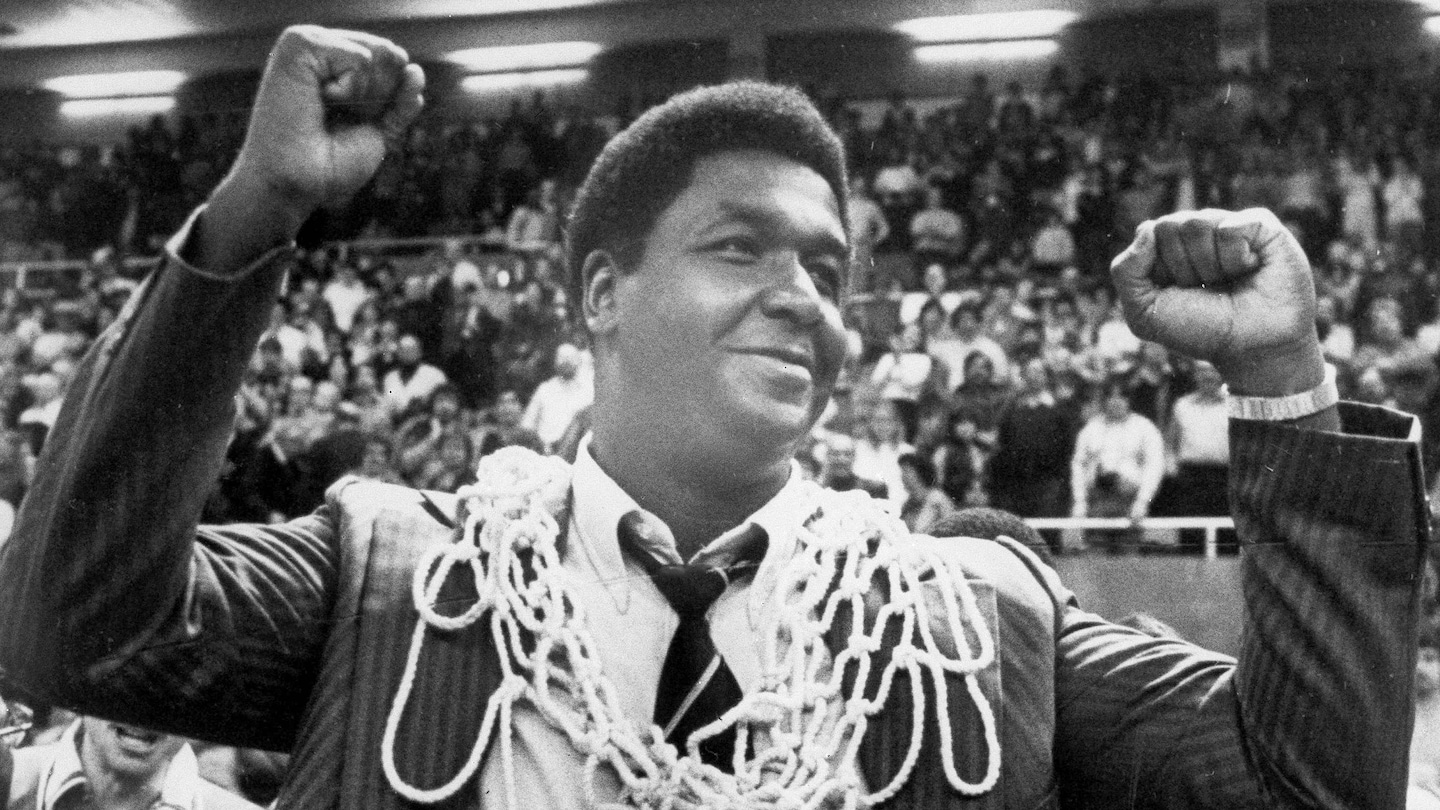Before ‘Hoya Paranoia,’ this was the John Thompson I knew

Sometimes the calls would come on my home phone around the midnight hour, with that booming voice busting through the cobwebs of sleep to suggest one intriguing story after another he thought might be of interest to readers of The Washington Post. He was rarely wrong.
Lynn had moved to Washington the year before from New York after his mother had died. He moved in with an aunt, who, sadly, also had recently passed away. Now, Lynn was living alone in a small furnished room above a barbershop owned by one of Thompson’s friends, who essentially was housing and feeding him and making sure he stayed in school.
A promising player, Lynn also was a talented artist as well as an accomplished young man with a needle and thread. There was not much money for a 6-10 kid to purchase clothing at a big and tall man’s shop, so he learned how to mend and occasionally sew his own pants and shirts from scratch the old fashioned way. As in handmade.
Lynn would accept a full four-year athletic scholarship to Georgetown. He was an occasional starter and frequently used reserve and, far more important, earned a degree in fine arts. In fact, every time I visited Thompson in his old office at McDonough Gymnasium, several Billy Lynn paintings were proudly displayed.
A few years later, at a time when Thompson was facing some criticism about only recruiting black players, he called one day to tell me about a talented big man he was recruiting in Havre de Grace, Md. His name was Jeff Bullis, and by the way, Thompson continued, he’s a white kid who lives on a farm.
Thompson thought I might be interested in meeting him and writing about his recruiting process. Obviously there was an ulterior motive, a chance to show detractors that the coach did, indeed, make the effort to add white athletes to the Hoya mix.
A few days later, I tagged along on a two-hour drive to the farm, interviewed Bullis and his parents, and was shown several recruiting letters sent to him by Division I coaches. They clearly proved Thompson’s point: Some of them were telling white payers like Bullis they’d likely never leave the bench at Georgetown.
We photographed and printed one of those letters in the paper, and the coach who wrote it was severely reprimanded — though not fired — by his school. He was not very happy with me, or with John Thompson. I was delighted, of course, and so apparently was Jeff Bullis, who ignored those racist letters and also played significant minutes at Georgetown on full scholarship.
One final memory.
It started with — what else? — another call. Patrick Ewing was about to start his freshman season at Georgetown, and Thompson wanted him to learn a bit more about the media that would continue to shine a glaring spotlight on the most sought-after high school recruit in the country.
Thompson asked if he might bring Ewing over to The Post’s newsroom one night. With the paper’s permission, (and expense account), I offered to meet them for dinner across the street at the Madison Hotel to talk about the newsgathering process, followed by a newsroom tour.
Thompson and I did most of the Madison talking and eating, and Ewing listened intently, even if he didn’t say all that much. Maybe it was because of the orange juice he seemed to be consuming by the gallon.
On the ensuing tour, he loosened up, particularly when we wandered around the composing room where the next day’s paper was literally being put together, piece by lead type piece. He was fascinated by the printing process, graciously signed any and all autograph requests, then politely thanked me before heading back to school.
Hoya Paranoia?
Not yet. And thank you, John, for all those calls, all those memorable stories.
Leonard Shapiro retired in 2011 after 41 years as a Washington Post sports reporter, editor and columnist. In 1991, he wrote “Big Man on Campus,” the unauthorized biography of John Thompson.
Read more:






